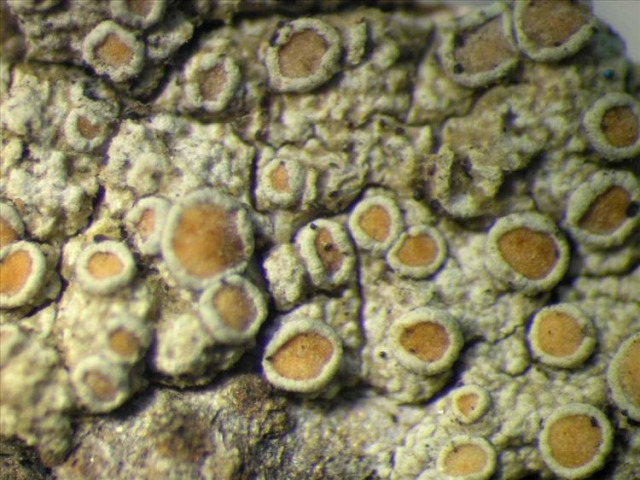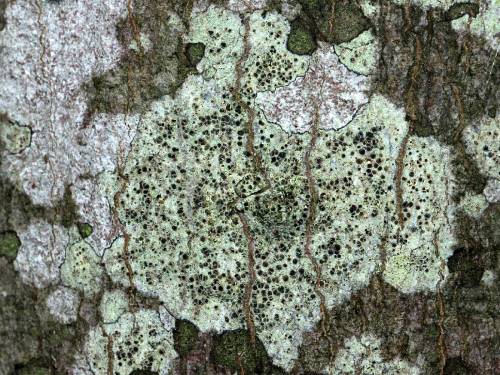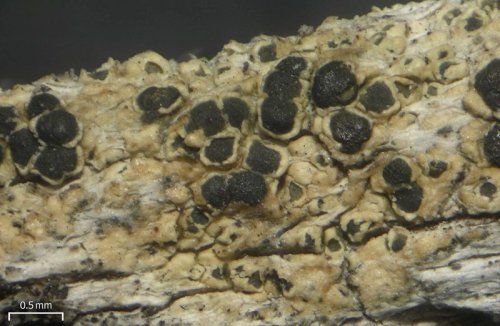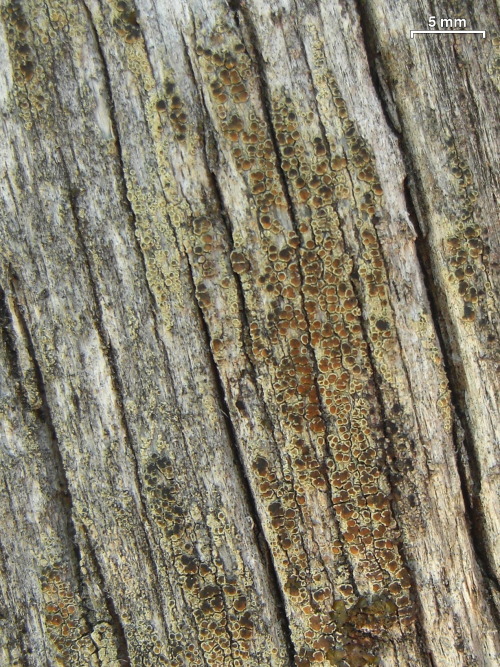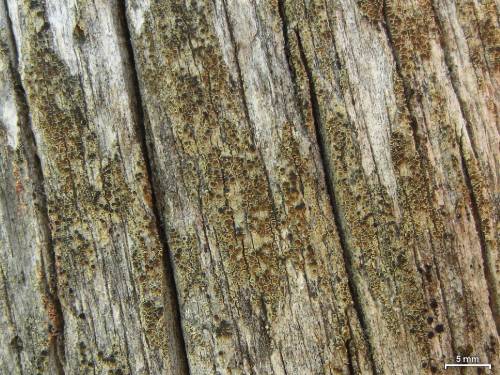#lecanora
Sun, 10 Apr 2022 21:33:45
Lecanora mughicola
So often when I see the scientific names of lichens, I wonder if the people who named them bothered trying to say them out loud. I think mughicola sounds like a sneeze. Not necessarily a bad name, but maybe something easier to pronounce next time, ok guys? This crustose lichen has a glossy, beige-yellow, bumpy thallus. It produces apothecia with an undulating margin and orange-brown to dark brown discs which often appear paler due the a layer of chalky pruina. L. mughicola grows on the lignum (woody tissue under the bark) of conifers in boreal forests. It has been found in North America and Europe, but its range likely extends into northern Asia.
Post link



